HIV Exceptionalism
Development through Disease in Sierra Leone
Adia Benton
A Quadrant Book

University of Minnesota Press
Minneapolis
London
 Quadrant, a joint initiative of the University of Minnesota Press and the Institute for Advanced Study at the University of Minnesota, provides support for interdisciplinary scholarship within a new, more collaborative model of research and publication.
Quadrant, a joint initiative of the University of Minnesota Press and the Institute for Advanced Study at the University of Minnesota, provides support for interdisciplinary scholarship within a new, more collaborative model of research and publication.
http://quadrant.umn.edu.
Sponsored by Quadrants Health and Society group (advisory board: Susan Craddock, Jennifer Gunn, Alex Rothman, and Karen-Sue Taussig) and by the Center for Bioethics at the University of Minnesota.
Quadrant is generously funded by the Andrew W. Mellon Foundation.
A different version of chapter 2 was previously published as Exceptional Suffering? Enumeration and Vernacular Accounting in the HIV-Positive Experience, Medical Anthropology 31, no. 4 (July 2012): 31028. Medical Anthropology is available online at http://www.informaworld.com.
Copyright 2015 by the Regents of the University of Minnesota
All rights reserved. No part of this publication may be reproduced, stored in a retrieval system, or transmitted, in any form or by any means, electronic, mechanical, photocopying, recording, or otherwise, without the prior written permission of the publisher.
Published by the University of Minnesota Press
111 Third Avenue South, Suite 290
Minneapolis, MN 55401-2520
http://www.upress.umn.edu
Library of Congress Cataloging-in-Publication Data
Benton, Adia.
HIV exceptionalism : development through disease in Sierra Leone / Adia Benton.
Includes bibliographical references and index.
ISBN 978-1-4529-4385-5
1. HIV-positive personsCareGovernment policySierra Leone. 2. AIDS (Disease)Government policySierra Leone. 3. Health facilitiesSierra LeoneFinance.
4. Federal aid to health facilitiesSierra Leone. 5. Public healthAnthropological aspectsSierra Leone. I. Title.
RA643.86.SSB46 2015
362.1969792009664dc23
2014019918
The University of Minnesota is an equal-opportunity educator and employer.
For Salma, Pauline, and Bessie Mae
Contents
The civil war in Sierra Leone (19912002) lasted more than eleven years and left over 50,000 people dead. In early 2003, in the wars aftermath, 500,000 Sierra Leoneans10 percent of the populationwere still living outside the country, and hundreds of thousands were displaced from their homes. More than 3,000 houses in 300 towns and villages were destroyed by the war. Nearly 80 percent of health posts needed rehabilitation or reconstruction and more than 60 aid agencies and nongovernmental organizations (NGOs) were on the ground, trying to facilitate and assist in this process.
Post-conflict Sierra Leone witnessed an influx of aid from the international community. Leading agencies, such as the United Kingdoms Department for International Development (DfID), United Nations High Commissioner for Refugees (UNHCR), United Nations Development Program (UNDP), and United Nations Mission in Sierra Leone (UNAMSIL), devised a four-Rs planrepatriation, reintegration, rehabilitation, and reconstructionfor rebuilding the country. Reconstruction costs were estimated to be more than $16 billion per year beginning in 2002 (Baker and May 2004, 3637). Approximately $45 million was allotted for reintegrating former combatants and improving the management of the diamond sector (www.usaid.gov). Through the efforts of a number of NGOswho acted as subcontractors to the United Nations and Western donor governmentshealth clinics and educational facilities were rebuilt and staff were trained. Education for younger women and men was instituted in camps, but many were unable to afford the primary and secondary schools that were reestablished in the post-conflict period. Shorter-term vocational education and skills training initiatives were often packaged with demobilization and reintegration projects.
At the end of the war, Sierra Leone ranked second from the bottom of the UNDP Human Development Index (176th out of 177 countries). Post-conflict recovery has been a slow process, but many development indicators show some improvement. In 2011, the life expectancy in Sierra Leone was 57 years (www.cia.gov). Other development measures present a similarly grim but slowly improving situation: approximately 42 percent of Sierra Leonean adults are literate, and more than half of the population is considered to be living in poverty, with per capita income in 2012 at $1,400. Three-fourths of Sierra Leones population between the ages of eighteen and thirty-five are unemployed (Baker and May 2006, 225), and even when jobs are available, the wages are particularly low, given the inflated prices of common goods like rice, fuel, and housing.
Despite the dire conditions faced by a majority of Sierra Leoneans in the post-conflict era, one statistic defied expectations: Sierra Leone has a relatively low prevalence of HIV/AIDS. During the war, the expert consensus was that war and HIV/AIDS always conspired against affected populations and constituted a double emergency (Lawday 2002). When HIV prevalence in conflict-affected Sierra Leone was lower than anticipated, experts argued that normalization in the post-conflict period could lead to increased HIV transmission, although this has yet to transpire (IRIN 2005; Spiegel 2004). Most recent estimates put the countrys HIV prevalence at 1.5 percent, which is essentially no different than the prewar figures from 1999 and significantly lower than figures from the 1980s and mid-1990s (Dunham 2007; IRIN 2005; Spiegel 2004; Spiegel et al. 2007). Unlike many of the countries of southern and eastern Africabut very much like its West African neighborsSierra Leone has a low prevalence of HIV spread throughout the general population. Despite these low numbers, however, Sierra Leonelike most African countriesbenefits from a large influx of foreign aid money specifically targeted at HIV/AIDS prevention and care programs.
This foreign aid comes, in large part, because international donors believe HIV is an exceptional condition, requiring a focused, intensive response that is unlike any directed to other diseases. As Peter Piot, the former head of UNAIDS, argued, This pandemic is exceptional because there is no plateau in sight, exceptional because of the severity and longevity of its impact, and exceptional because of the special challenges it poses to effective public action (Piot 2005, 2). The exceptional status accorded to HIV, along with the large amount of funding appropriated for HIV-specific projects, has produced the largest vertical public health program in history (England 2007a; England 2007b; Pisani 2008). While some experts critique this notion of exceptionality, it is still the primary idea around which AIDS programsincluding those in Sierra Leoneare organized.
Vertical programming is fairly common in public health; most disease eradication, elimination, and control programs rely on some version of this disease-specific model. Unlike disease eradication programs, HIV is not only ideologically vertical but also methodologically horizontal in its scale, scope, and reach. Horizontal methodology refers to the wide range of on-the-ground approaches taken to address HIV as an exceptional disease: medical care, antistigma education, support groups, income generation, education, food supplements, and skills training, among others. In the dire social and economic circumstances of postwar Sierra Leone, these support services are welcomed; however, their requirements often seem difficult, unrealistic, or contradictory to those who choose to participate. In addition, all the well-funded programming created to support a small number of HIV-positive individuals has created a privileged minority of the afflicted, a situation that threatens the health and well-being of the vast majority of people who are in need of caregiving services but who are

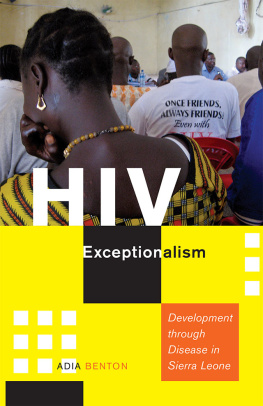

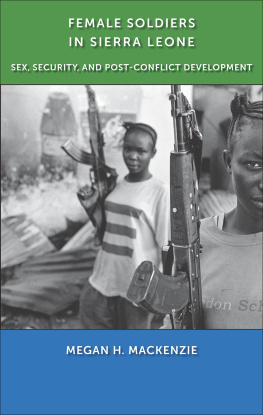
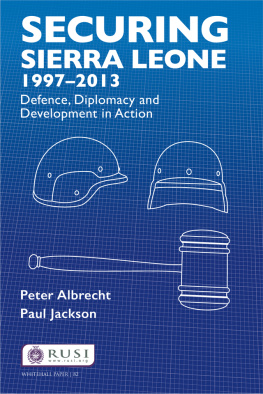
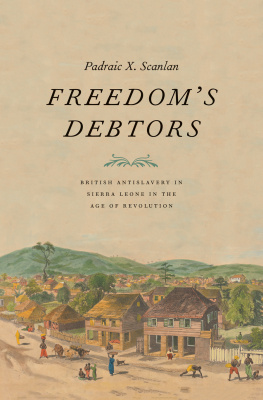
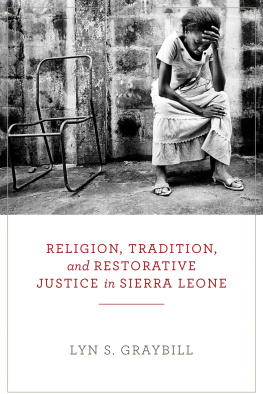
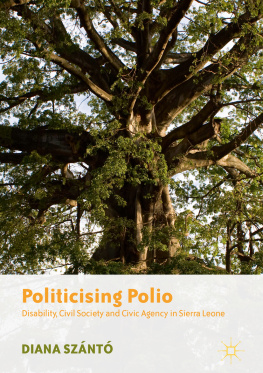


 Quadrant, a joint initiative of the University of Minnesota Press and the Institute for Advanced Study at the University of Minnesota, provides support for interdisciplinary scholarship within a new, more collaborative model of research and publication.
Quadrant, a joint initiative of the University of Minnesota Press and the Institute for Advanced Study at the University of Minnesota, provides support for interdisciplinary scholarship within a new, more collaborative model of research and publication.